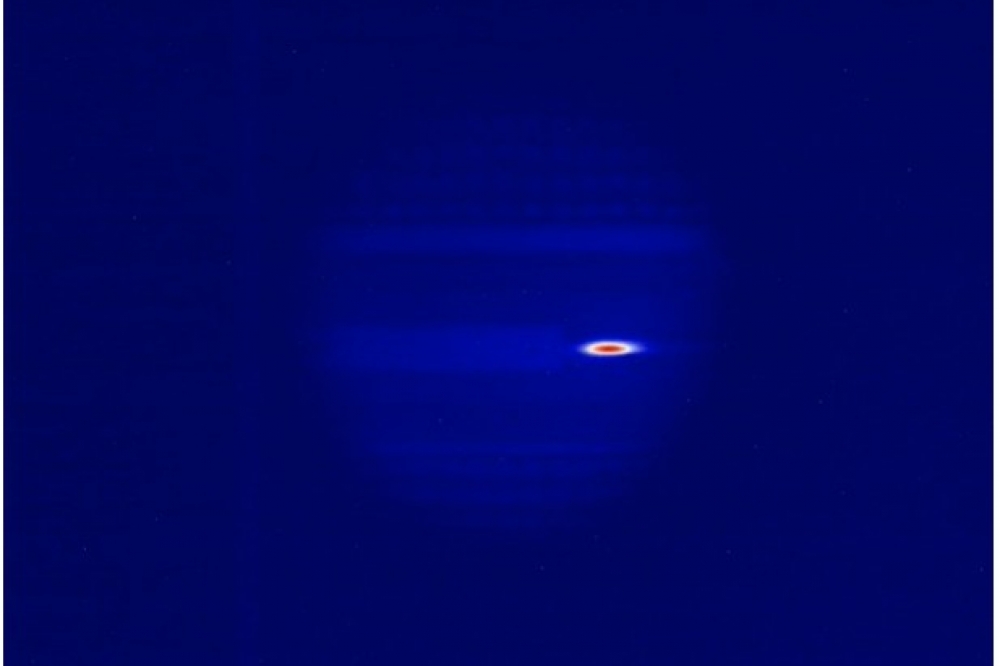Mapping light propagation in a photonic chip

Researchers have used the optical properties of silicon to reveal how light moves through a PIC without perturbing it.
Silicon-based photonics is a developing field that is relevant for datacentres, artificial intelligence, quantum computing, and more. It is a convenient technology to use, as it is based on the same prevalent raw material from chips in the world of electronics.
However, despite benefitting from the well-developed lithography production process, which enables precise fabrication of the desired devices, the instruments don’t yet enable accurate mapping of a chip’s optical characteristics. This includes its internal light motion – a crucial capacity given the difficulty of modelling the effects of fabrication flaws and inaccuracies – due to the devices’ tiny dimensions.
A new article by researchers from Technion - Israel Institute of Technology’s Andrew and Erna Viterbi Faculty of Electrical and Computer Engineering tackles this challenge, showing advanced light imaging in photonic circuits on chips. The research, which was published in the journal Optica, was led by Guy Bartal, head of the Laboratory for Advanced Photonic Research, and doctoral student Matan Iluz, in collaboration with Amir Rosenthal’s research group.
The team harnessed the optical characteristics of silicon to map the light’s propagation without requiring an invasive action of any sort, which perturbs or alters the chip. This process includes mapping the light waves’ electric field and defining the elements that affect the light’s movement – waveguides and beamsplitters.
The process developed by the Technion researchers provides real-time images and video recordings of the light inside the photonic chip, without having to damage the chip and without losing any data. This new process is expected to improve the design, production, and optimisation processes of photonic chips in a variety of fields, including telecommunications, high-performance computing, machine learning, measuring distances, medical imaging, sensing, and quantum computing.
Main image credit Technion



































